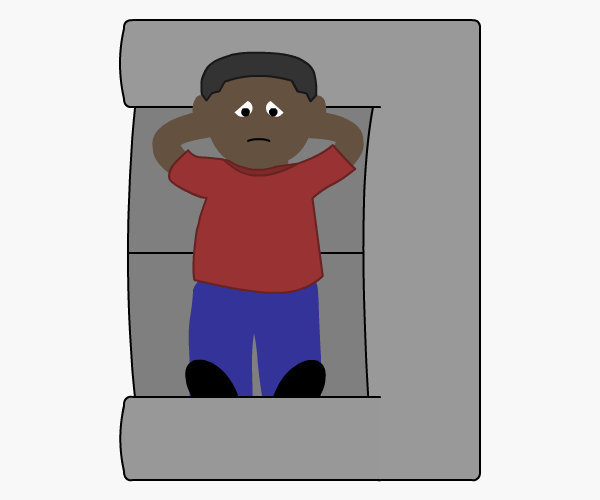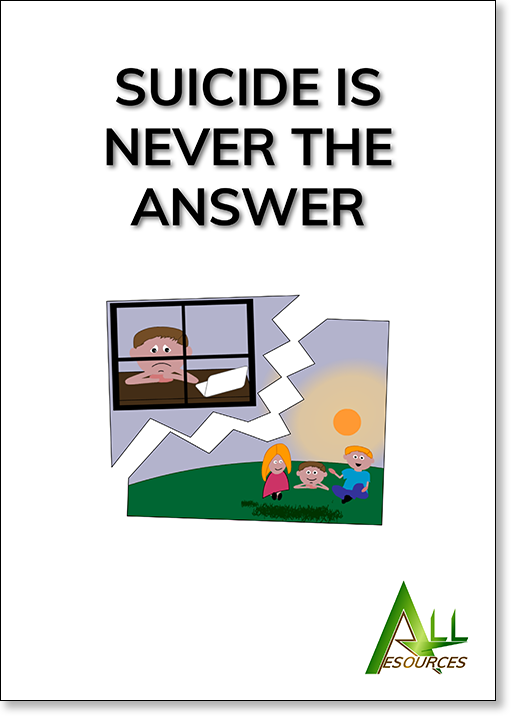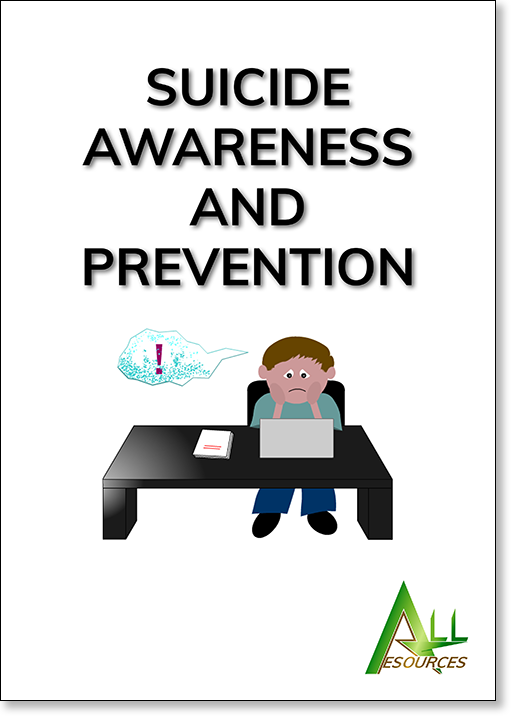
According to the World Health Organisation, there are approximately one million suicides globally — this is one every 40 seconds. World Suicide Prevention Day is on 10th September 2014 and it is a day when all nations focus on worldwide action to prevent suicides.
Anyone can attempt suicide — any age, sex, nationality, culture, or religion. However, there are certain members of society who are more at risk of suicide than the rest of the population. Here are some facts about suicide:
- Suicide is one of the leading causes of death among those aged 15–44 years in some countries, and the second leading cause of death in the 10–24 years age group.
- Although traditionally suicide rates have been highest among the male elderly, rates among young people have been increasing and they are now the group at highest risk in a third of countries.
- The biggest rise in suicides in the UK and Ireland is among young men in the 15–34 age group.
- More people are dying each year by suicide than on our roads and suicide is now the biggest cause of death among young men in the 15–24 age group.
- Males are four times more likely to die from suicide than females.
- Females are more likely to attempt suicide than males.
There are a number of risk factors for suicide including:
- Mental disorders, in particular:
- Depression or bipolar disorder, also known as manic-depression.
- Schizophrenia — a psychotic disorder whereby someone is unable to differentiate their own intense thoughts, ideas, perceptions and imaginings from reality.
- Substance abuse such as alcohol or drugs — alcohol and many drugs are depressants.
- Borderline or antisocial personality disorder — characterised by instability, identity disturbance, emotional instability, mood swings, anger and paranoia.
- Anxiety disorders — worrying, uneasiness, apprehension and fear.
- Previous suicide attempt — someone who has made previous suicide attempts is more likely to make a further, and even successful, attempt.
- Family history of attempted or completed suicide — studies show that there is a significantly higher risk for suicidal behaviour among family members of suicide victims and attempters.
- Serious medical condition and/or pain — severe pain has been recognized as an important contributing factor to suicide, and in particular this is true in cancer and AIDS patients and where the person is terminally ill.
- A stressful life event such as losing someone close such as a child or parent, serious arguments with a partner, the breakup of a long-term relationship, parental separation and a child leaving home.
- Stress over a long period due to long-term events such as unemployment, serious relationship problems, harassment or bullying, responding to another person’s suicide, parental death, parental mental illness, and witnessing domestic violence during childhood.
- Having access to lethal methods of suicide such as firearms, drugs, high buildings etc. To combat this, many countries have put measures in place such as firearm control laws, the detoxification of domestic gas, the modification of drug toxicity, and the installation of barriers at jump sites.
All Resources has produced many resources to help young people develop self-awareness, confidence and self-esteem. We have recently produced ‘Suicide is Never the Answer’ which provides valuable information such as:
- What are the reasons behind suicidal feelings?
- How to recognise the warning signs of a potential suicide.
- Understanding the myths surrounding suicide.
- How to respond to suicidal behaviour and prevent a suicide.

Suicide is Never the Answer
Understand the reasons behind suicidal feelings in young people and recognise the signs to help prevent this tragedy.
- Age range: 12 years and upwards
- Category: Schools
- Last revised: 2022
- Pages: 44
- Illustrated throughout
Hard copy: £25.99 add to basket

Suicide Awareness and Prevention
Covers suicide from a variety of perspectives, the reasons behind suicide, the groups most at risk and the warning signs.
- Focus: For those interested in suicide prevention and mental health policy
- Category: General
- First published: 2022
- Pages: 61
- Illustrated throughout
Hard copy: £35.99 add to basket


